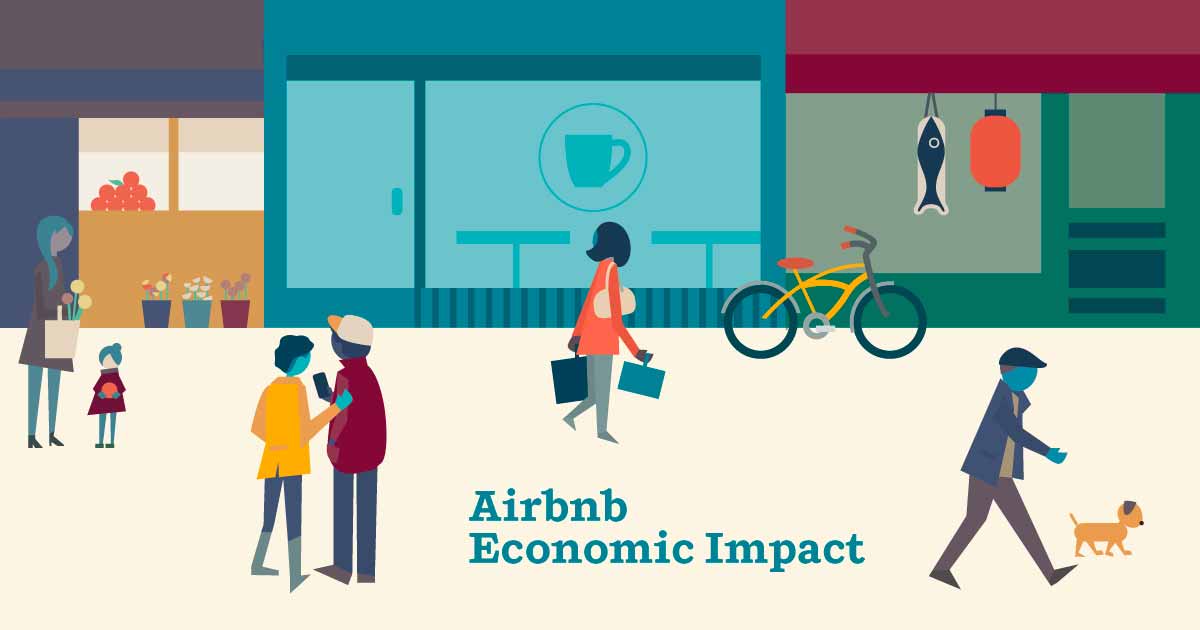HR&A brought together a diverse array of New York City industry leaders to develop strategies that resulted in creation of the nation’s first true green commercial lease.
The cost and benefits of energy efficiency investments in commercial office buildings are distributed unequally between owners and tenants. Landlords responsible for making capital investments in base building systems are unable to pass costs along to tenants, and tenants disproportionately enjoy the benefits of such investments. A similar split incentive may occur in tenanted spaces where landlords select equipment but tenants are responsible for operating costs, and/or where metering arrangements do not permit tenants to monitor their own usage. This misalignment of incentives hampers efforts to encourage green policies in commercial buildings.
HR&A addressed the split incentives between commercial building owners and tenants by guiding the creation of a forum to examine the opportunity for green leases.
With principal funding from the New York State Energy Research and Development Authority (NYSERDA) and program design and implementation led by HR&A, in 2008 the Natural Resources Defense Council (NRDC) convened a group of 50 individuals representing New York City’s leading real estate owners, major tenants, environmental advocacy groups, and commercial leasing and building systems professionals. NRDC asked HR&A to staff the group and lead its deliberations.
This diverse group of industry experts had never engaged in structured dialogue about an issue of mutual concern before; indeed, many had never met each other before. Over the course of three sessions, HR&A facilitated conversations which led the participants to agree to broadly acceptable basic principles and guidance for lease negotiations that are designed to reward efficiency investments – a landmark achievement. The participating real estate professionals established consensus on three common-sense leasing principles to advance energy efficiency in commercial buildings:
- Landlords should operate buildings and tenants should operate their premises as efficiently as is feasible;
- For any given installation, responsibility for capital costs and the benefits of savings should reside with the same entity; and
- To the extent feasible, both consumption and demand for resources throughout buildings should be measurable and transparent to both landlords and tenants.
HR&A’s work ultimately led to the creation of the nation’s first true “green lease,” which more appropriately shares the costs as well as the benefits of energy efficiency improvements among owners and tenants.
The findings and principles agreed upon during the Green Lease Forum led to the creation of the foundation document used by the New York City Mayor’s Office of Long Term Planning and Sustainability Green Lease Task Force, which was convened in 2010. Utilizing the principles developed by HR&A, the Mayor’s Office drafted and promulgated model green lease language which resulted in the first true green lease being signed in early 2011 between Silverstein Properties and the law firm Wilmer Hale at 7 World Trade Center. This pioneering green lease language is now a requirement for all new commercial office lease negotiations for City-occupied space in New York City.



